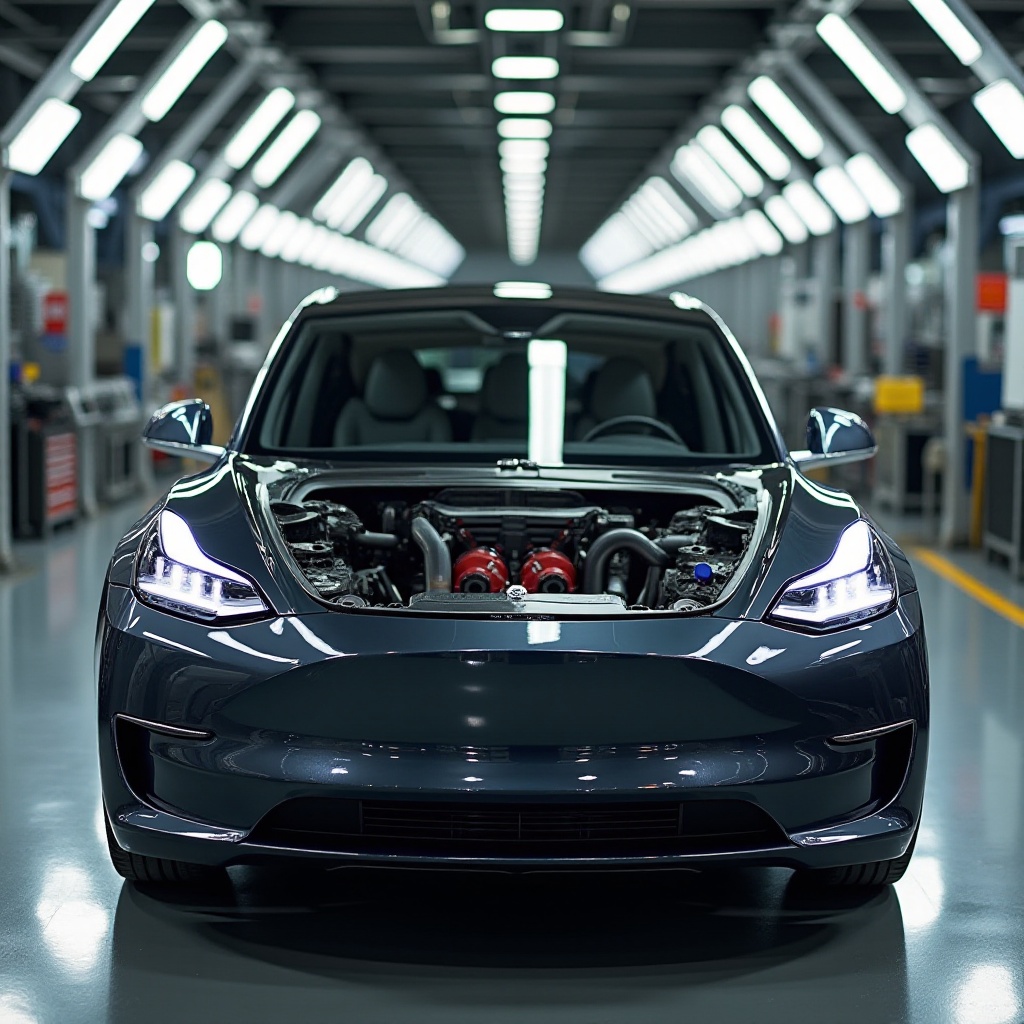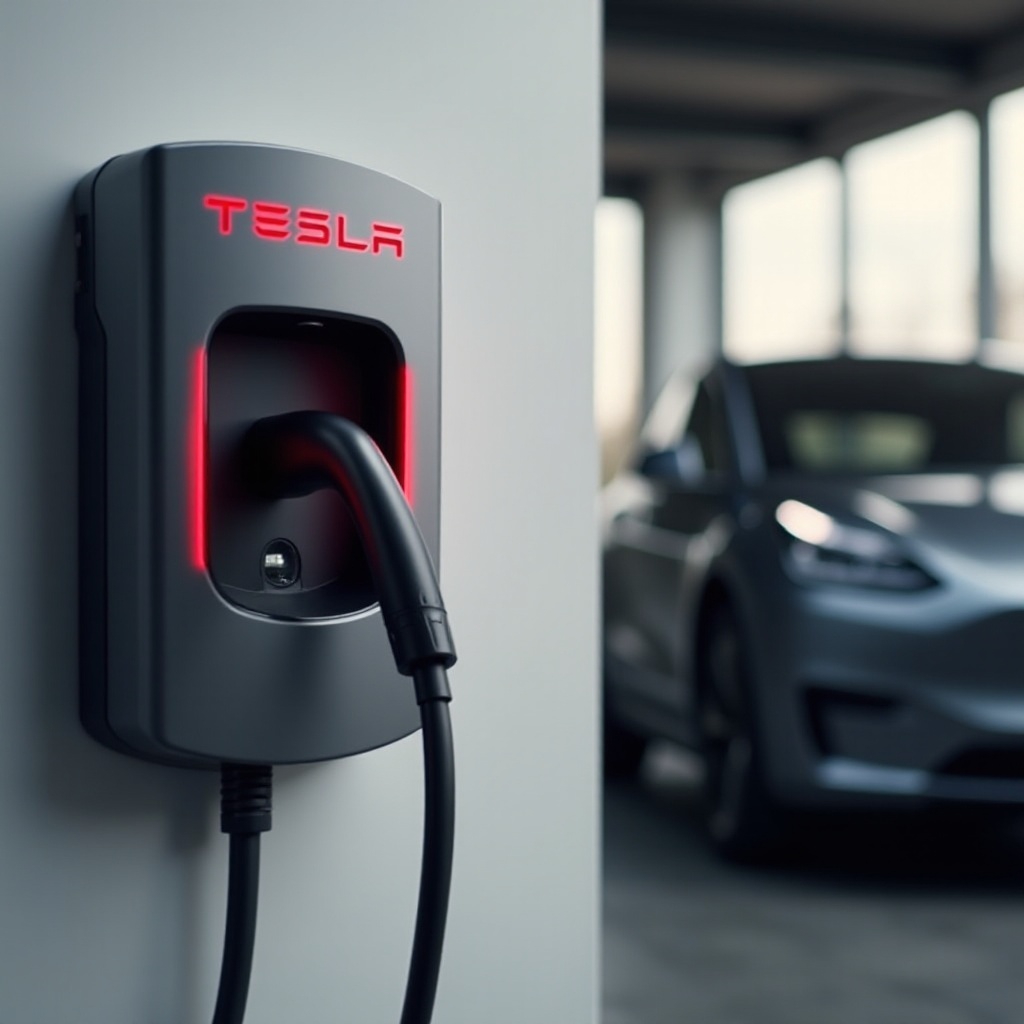Introduction
The automotive industry has been buzzing with speculation regarding the pricing differences between Tesla’s Model Y and Model 3. While many expected the Model Y, an electric SUV, to be pricier, its cost has often undercut the Model 3. This price difference has led to widespread curiosity and numerous discussions. In this article, we delve into the numerous factors influencing Tesla’s pricing strategy, compare the key features and specifications of both models, and explore the production efficiencies and market dynamics at play.

Understanding Tesla Pricing Strategy
Tesla’s pricing strategy is an art of balancing cost-efficiency and customer value. The company is renowned for leveraging technological advancements and innovative production methods to minimize costs while enhancing product features. Tesla’s strategic approach to economies of scale, supply chain management, and continuous improvement (Kaizen methodology) helps in substantial cost reductions. By streamlining production processes and optimizing the utilization of resources, Tesla ensures that its vehicles are competitively priced. Additionally, Tesla’s direct-to-consumer sales model eliminates dealership markups, contributing further to price control.
Moreover, Tesla’s pricing takes consumer demand and market trends into account. The company often adjusts the prices of its vehicles to remain attractive and accessible to a broad consumer base. This dynamic pricing strategy enables Tesla to maintain its competitive edge in the rapidly evolving electric vehicle market.
Key Features and Specifications of Tesla Model Y
The Tesla Model Y is a versatile electric SUV known for its practicality and advanced technology. Some of its key features include:
- Seating Capacity: The Model Y can comfortably accommodate up to seven passengers with an optional third row.
- Performance: It offers impressive acceleration, reaching 0-60 mph in just 3.5 seconds (Performance variant).
- Range: The Long Range variant delivers an estimated range of up to 326 miles on a single charge.
- Autopilot and Full Self-Driving: The Model Y includes Tesla’s Autopilot system and is compatible with optional Full Self-Driving capabilities.
- Cargo Space: With a spacious interior, it provides over 68 cubic feet of cargo space when the rear seats are folded.
These features make the Model Y an attractive option for families and individuals seeking a blend of performance, efficiency, and advanced technology.
Key Features and Specifications of Tesla Model 3
The Tesla Model 3 is a compact electric sedan designed for the mass market. Its key features include:
- Seating Capacity: The Model 3 seats up to five passengers.
- Performance: The Model 3 Performance variant accelerates from 0-60 mph in a swift 3.1 seconds.
- Range: The Long Range version offers an impressive range of up to 358 miles on a single charge.
- Autopilot and Full Self-Driving: Similar to the Model Y, the Model 3 includes Autopilot and is compatible with Full Self-Driving.
- Interior: The Model 3 features a minimalist, high-tech interior with a central touchscreen that controls most of the vehicle’s functions.
The Model 3’s balance of affordability, performance, and cutting-edge features has made it one of the best-selling electric vehicles worldwide.
Production Efficiencies and Cost Reductions in Model Y
The cost differences between the Model Y and Model 3 can be attributed significantly to production efficiencies and cost-reduction strategies. Tesla’s continuous improvement philosophy means that newer models often benefit from lessons learned during the production of earlier models. The Model Y, being a newer model, has leveraged improved production techniques and shared components with the Model 3, leading to significant cost savings.
Additionally, the design of the Model Y is optimized for manufacturing efficiency. For instance, the Model Y features a simplified wiring system, integrating innovations such as the ‘megacast’ single-piece rear underbody casting. This reduces manufacturing complexity, lowers production time, and minimizes material waste.
Furthermore, the Model Y benefits from economies of scale, as it shares approximately 75% of its components with the Model 3. This sharing of components streamlines inventory management, simplifies the supply chain, and reduces production costs, allowing Tesla to price the Model Y competitively.
Detailed Cost Breakdown of Model 3
To better understand why the Model Y can be cheaper, it’s helpful to break down the cost components of the Model 3:
- Battery Pack: The battery is the most significant cost factor, contributing to roughly 30% of the total vehicle cost. Tesla has been working on reducing battery costs through innovations like the 4680 battery cells.
- Materials and Components: The cost of aluminum, steel, electronics, and other materials account for a sizable portion of the vehicle’s cost.
- Manufacturing: Production costs include labor, automation, assembly, and painting. Improved manufacturing techniques have gradually reduced these costs.
- R&D: Research and development expenses are substantial, particularly for the development of advanced technologies like Autopilot and Full Self-Driving.
- Marketing and Distribution: Though minimal due to Tesla’s direct sales model, there are still costs associated with marketing efforts and distribution logistics.
- Regulatory Compliance: Meeting safety, emissions, and other regulatory requirements adds to the overall cost.
Understanding these components helps illustrate the complexity of pricing and how reducing costs in each area can lead to more affordable vehicle options.

Market Dynamics and Consumer Demand
Market dynamics and consumer demand significantly influence vehicle pricing. The electric vehicle market is highly competitive, with new entrants continuously challenging established players like Tesla. To stay competitive, Tesla adjusts its pricing based on market conditions and consumer preferences.
The demand for SUVs has been on the rise, particularly in the U.S. market. SUVs like the Model Y are perceived as more versatile and family-friendly compared to sedans, which has led to higher consumer demand and potentially more competitive pricing. By offering the Model Y at a competitive price point, Tesla aims to capture a larger market share and appeal to a broader range of customers.

Conclusion
The Model Y being cheaper than the Model 3 is a result of Tesla’s strategic production efficiencies, cost-reduction techniques, and market-driven pricing. The shared components between the two models, along with innovative manufacturing processes, play a pivotal role in minimizing costs and offering competitive prices without sacrificing quality or performance.
Frequently Asked Questions
What are the major cost-saving features in Tesla Model Y?
Key cost-saving features include shared components with Model 3, simplified wiring systems, and innovations like the megacasting process, which reduce production complexity and costs.
How does government incentives impact Tesla vehicle pricing?
Government incentives such as tax credits and rebates lower the effective purchase price for consumers, indirectly affecting the perceived affordability of Tesla vehicles.
Which model is better for long-term ownership?
Both models offer excellent long-term ownership prospects; however, the choice depends on individual preferences, needs, and usage. The Model Y may be more suitable for families due to its larger space and SUV design, while the Model 3 is perfect for those seeking a compact sedan with superior range.


